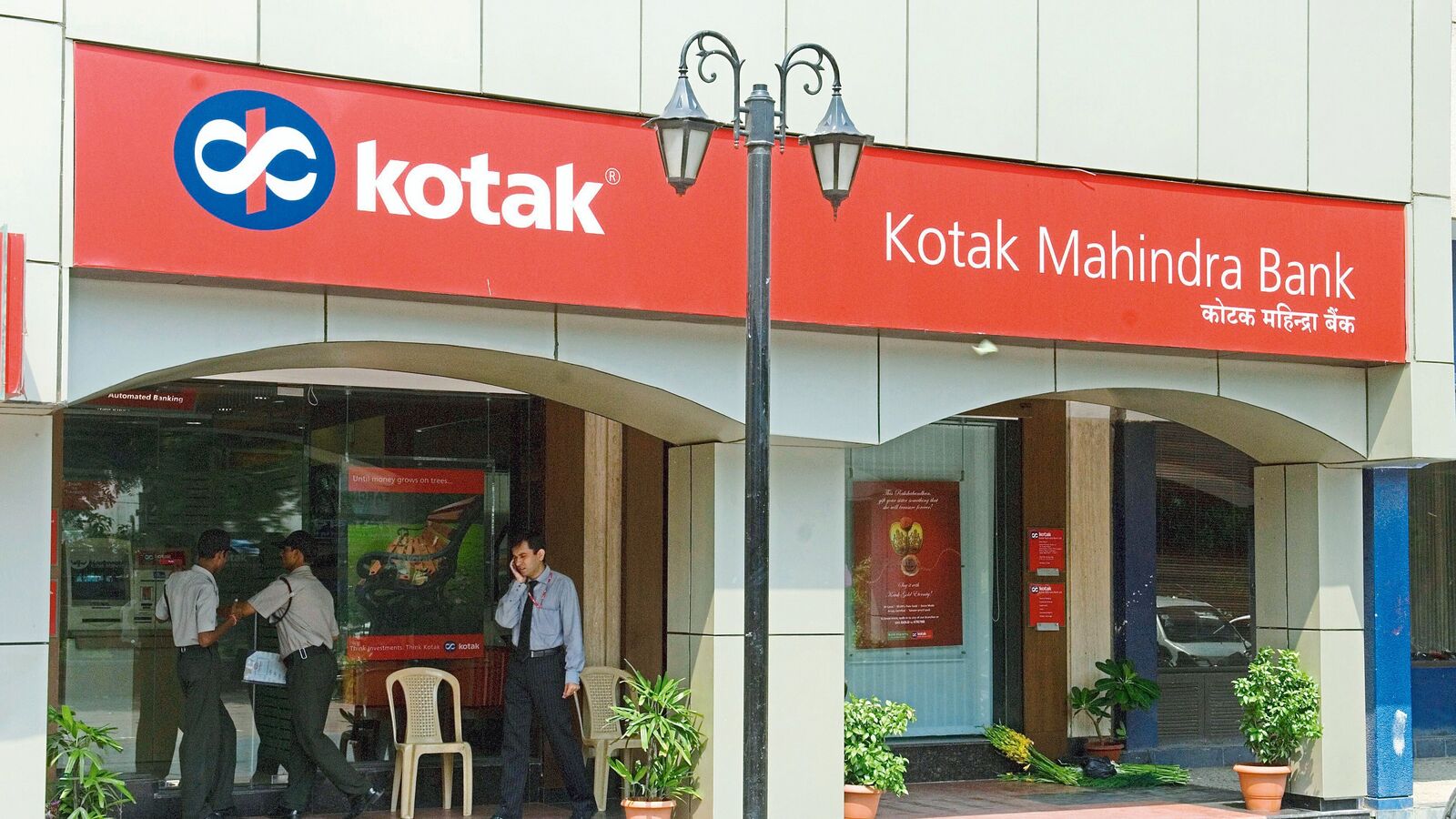But, timing is the issue. These instruments are still battling low investor interest, a thin pipeline, and shallow liquidity. With mutual funds currently investing less than 0.3% of total assets in REITs and InvITs, the proposal to raise the cap from 10% to 20% may be trying to fix a problem that hasn’t shown up yet.
Also read: Mint Explainer: What Sebi’s proposals for REITs, InvITs mean for investors
Tiny playground with even fewer equipments
The universe of listed REITs and InvITs in India remains extremely narrow—just four REITs and 18 InvITs.
Of the InvITs, only eight are actively traded on exchanges; the remaining ten are privately placed and see little to no trading activity. Liquidity across the board is thin.
Even the most active REIT—Embassy REIT—records daily trading volumes of just about ₹41 crore. Most others trade in the low single-digit crore range, highlighting an exceptionally shallow liquidity pool.
To put this in perspective: Embassy REIT, the largest by free-float market capitalization (~ ₹33,300 crore), ranks on par with the smallest mid-cap stock in AMFI’s classification (around rank 250).
There’s a steep decline after that. Brookfield REIT, the second-largest, has a free float of roughly ₹15,000 crore—closer to a mid-ranked small-cap (rank ~433). Mindspace REIT is even smaller at ₹12,000 crore, roughly equivalent to the smallest small-cap (rank 500).
The story is similar for InvITs, where free-float values range from ₹19,000 crore to just ₹2,000 crore—putting many of them in the micro-cap territory, where liquidity is typically very limited.
Entering the liquidity labyrinth
Given the limited size and liquidity of the REIT and InvIT market, increasing mutual fund investment limits too soon could backfire. If the industry moves to launch dedicated REIT/InvIT funds and ramps up exposure to the proposed 20% cap, it could trigger a liquidity trap.
With only a handful of actively traded options, large inflows could drive up transaction costs, distort fund net asset values (NAVs), and leave fund managers stuck with positions they can’t exit without taking significant losses.
The risk is even higher during sector-wide disruptions—such as policy changes or macroeconomic shocks—when mutual funds might be forced to sell quickly in a market with few buyers, potentially causing sharp price drops in these already thinly traded instruments.
Also read: Small-cap funds face a higher liquidity risk, show latest stress test
Distorted perception of valuation
Moreover, REITs and InvITs report financials on a periodic basis, not in real-time.
While small investments in these instruments don’t significantly affect a mutual fund’s NAV today, larger allocations—especially if the proposed limits are adopted—could make valuation more challenging.
With stale or delayed data, NAVs may not accurately reflect market reality, potentially misleading investors and complicating redemption or entry decisions.
Classification dilemma and investor suitability
As rightly noted in Sebi’s consultation paper, REITs and InvITs are best classified as hybrid assets.
Unlike equities—where investors expect long-term growth through reinvested earnings—REITs and InvITs are required to distribute at least 90% of their income regularly. This limits their ability to compound returns, making them fundamentally different from typical equity instruments.
Valuation is another grey area. These instruments are heavily influenced by capitalization rates and interest rates—similar to bonds. Yet, they differ from bonds in key ways: they have no fixed maturity and generate unpredictable cash flows. Their perpetual nature and sensitivity to operational and macroeconomic shifts place them somewhere between equities and fixed income, blurring the line on investor suitability.
Also read: Market meltdown may cut startup IPOs and valuations down to size
Given these complexities, it’s risky to push for higher exposure limits or dedicated mutual fund products just yet.
A better approach would be to focus on building market depth: enable market-making, improve transparency, drive retail and HNI participation, and enhance investor awareness. Only after the current limits are meaningfully utilized and the ecosystem matures should we revisit the idea of raising ceilings.
Nirav Karkera is head of research at wealth-tech startup Fisdom.








